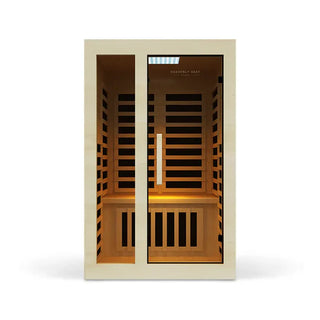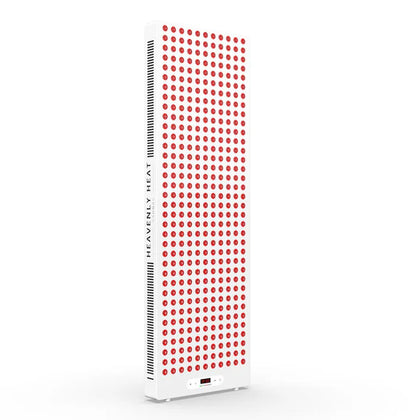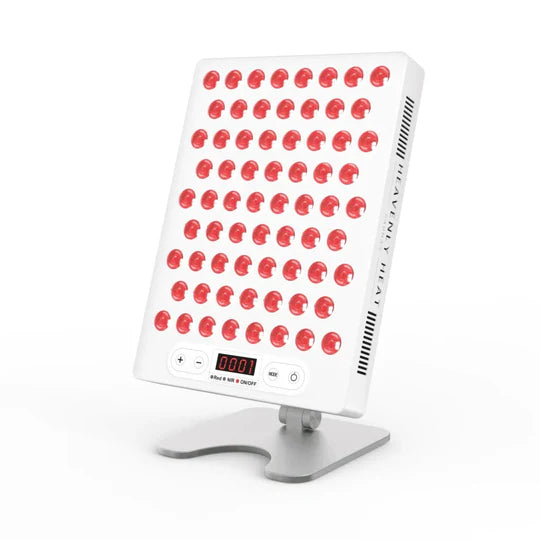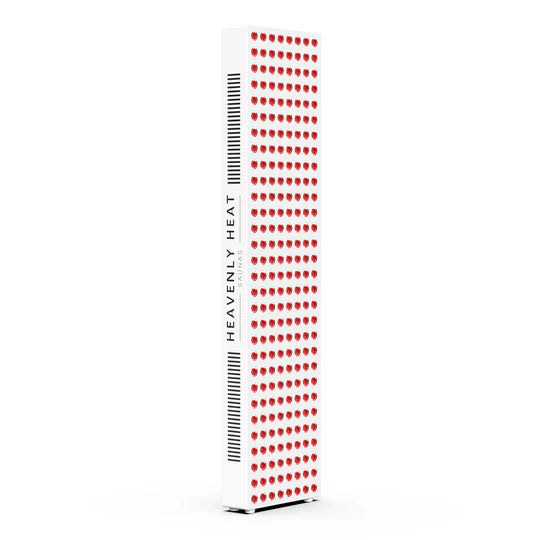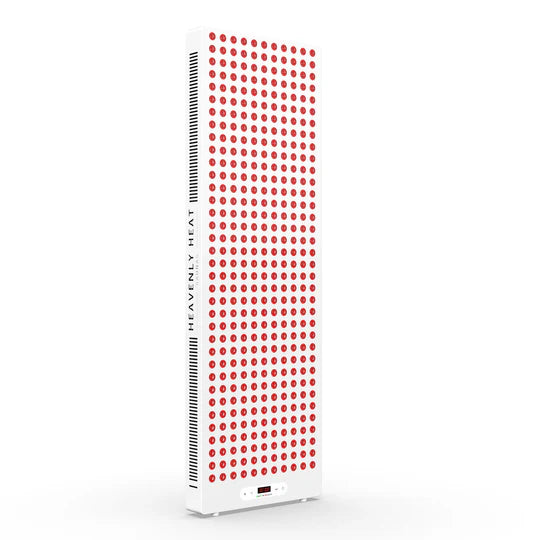5 Simple Steps to Clean Hot Tub Pillows

Hot tub pillows make your soak relaxing, but they can hide dirt, oils, and mold if ignored. Cleaning them regularly keeps your tub safe, fresh, and comfortable.
Follow these five simple steps to remove buildup, prevent odors, and extend pillow life. By the end, you’ll know exactly how to care for every pillow.
Key Takeaways
Remove Pillows Carefully: Check your manual and handle brackets gently to avoid damage.
Rinse Debris First: Use a hose to remove dirt, oils, and leaves before deep cleaning.
Use Gentle Cleaners: Mild soap or a diluted vinegar solution protects the pillow material.
Scrub, Rinse, and Dry: Clean thoroughly, remove all residue, and air dry completely.
Clean Regularly for Safety: Prevent mold, bacteria, and odors while extending pillow life.

What are hot tub pillows?
Hot tub pillows are cushioned headrests designed to provide comfort and support while soaking in a spa or hot tub.
Typically made from water-resistant materials, they attach to the tub’s edge using suction cups or built-in mounts to help reduce neck and shoulder strain.
Beyond enhancing relaxation, some models also add a touch of luxury and style to the spa experience.
5 Simple Steps to Clean Hot Tub Pillows
Step 1: Remove the Pillows Safely
Hot tub pillows can break if removed incorrectly. Always check the owner’s manual since attachment methods vary.
Most pillows detach with a gentle pull. If stuck, use the release tab or slide them upward, never yank.
Avoid screwdrivers unless specified, as they can scratch the surface. You don’t need to drain the tub, but turn off the jets first. Handle brackets carefully to prevent cracking.
Step 2: Rinse Off Loose Debris
Once the pillows are out, rinse them with a garden hose at steady pressure to remove dirt, leaves, and body oils.
This works better than cleaning them in the hot tub. For dried debris, rub with your fingers or a soft cloth while rinsing.
Avoid sharp objects that can scratch the surface. After rinsing, pat dry with a towel, leaving them wet can cause mold.
Step 3: Prepare a Cleaning Solution
A simple cleaning solution for hot tub pillows is warm water mixed with mild dish soap. Avoid bleach or harsh chemicals, as they damage the vinyl or foam.
To make the solution, fill a bucket halfway with warm water, add a small amount of soap, and stir until suds form.
For a natural option, use equal parts water and white vinegar. Always dilute cleaners, and use lukewarm not hot water.
Step 4: Scrub and Wash Thoroughly
Dip a soft sponge or microfiber cloth into the cleaning solution and wipe the pillow surface. Use a soft-bristle brush for stubborn grime.
For mold or mildew, apply a vinegar mix, let it sit a few minutes, then wipe clean. Tough stains may need extra scrubbing to avoid pressing too hard. Soak pillows in the solution for 15 minutes to loosen buildup.
Step 5: Rinse, Dry, and Reinstall
After scrubbing, rinse each pillow with clean water to remove all soap or vinegar. Make sure no suds remain, as residue can damage the pillow.
Place the pillows on a clean surface in the shade to air dry. Avoid direct sunlight to prevent fading or cracking.
Drying may take several hours depending on humidity. Before reinstalling, press the pillow to confirm it is fully dry.
Align it with the brackets, slide it into place, and check that it fits securely before using the hot tub.
Why is Regular Cleaning of Hot Tub Pillows Essential?
Hot tub pillows aren’t just for comfort, they play a crucial role in hygiene and safety. If neglected, they can harbor mold, mildew, and bacteria like Pseudomonas, thriving in the warm, damp, and dark environment under the cover.
You might notice black or white mold, slimy residue, or a musty smell. Over time, accumulated body oils, hair products, and soap residues can lead to skin irritation, allergic reactions, or even infections such as folliculitis, while airborne bacteria can pose respiratory risks.
Regular cleaning not only removes these contaminants but also prevents deterioration of the pillows, keeps them looking fresh, and maintains a healthier hot tub environment.
Experts recommend rinsing pillows after each use and performing a deeper clean every two weeks, or sooner if discoloration or odor appears.
Wiping, drying, and inspecting pillows for damage, along with balancing water chemistry, ensures your hot tub stays inviting, safe, and enjoyable for every soak.
FAQ
How often should hot tub pillows be cleaned?
Hot tub pillows should be cleaned regularly to prevent mold, mildew, and bacteria buildup. Use mild soap and warm water, rinse thoroughly, and allow them to air dry completely. Frequent cleaning maintains hygiene, prolongs pillow life, and ensures a safe, comfortable hot tub experience.
How do you prevent hot tub pillows from smelling?
Hot tub pillows can develop unpleasant odors because the warm, damp environment encourages bacteria and mold growth. Common culprits include mildew, black mold, and bacteria like Pseudomonas aeruginosa, which feed on body oils, sweat, and dead skin cells. These microbes often form biofilms, creating a musty, wet-dog-like smell. To prevent this, clean your pillows regularly ideally once a month, or more often if your tub sees heavy use. Effective cleaning solutions include a diluted bleach mixture, vinegar and water, or specialized spa-safe mold removers. Scrub thoroughly, rinse, and let the pillow air dry completely, preferably in the sun. Additionally, maintaining proper water chemistry and purging the plumbing can reduce microbial buildup. For long-term prevention, wipe down the area behind pillows monthly, keep them dry when not in use, and consider a non-alcohol-based vinyl protector. Consistent care not only keeps your pillows smelling fresh but also extends their lifespan.
Why do hot tub pillows turn yellow?
Hot tub pillows often turn yellow due to a mix of chemical reactions, water quality, and environmental factors. Sanitizers like chlorine and bromine release corrosive gases that can break down the vinyl or foam, especially if the cover is closed immediately after adding chemicals. Imbalanced water, too acidic or too alkaline, can accelerate this deterioration, while minerals and metals like iron or copper may leave stains over time. Exposure to UV light and heat further speeds up yellowing by breaking down polymer chains in the pillow material, forming yellow-colored compounds. Ozone systems, soaps, body oils, and skincare residues can also chemically react with the pillow, causing discoloration and buildup. Some pillow materials, particularly synthetic fibers, are more prone to yellowing because they retain moisture and don’t breathe well, unlike natural fibers such as cotton or wool. Over time, even careful maintenance may not fully prevent yellowing, but understanding these factors can help reduce it and prolong your pillow’s life.
How do you remove mold from hot tub pillows?
To remove mold from hot tub pillows, take them out, scrub with warm water and mild detergent, bleach-free mold remover, or vinegar solution, rinse thoroughly, disinfect with diluted bleach if needed, air dry in sunlight, clean the pillow compartment, and replace fully dry pillows to prevent future mold.




